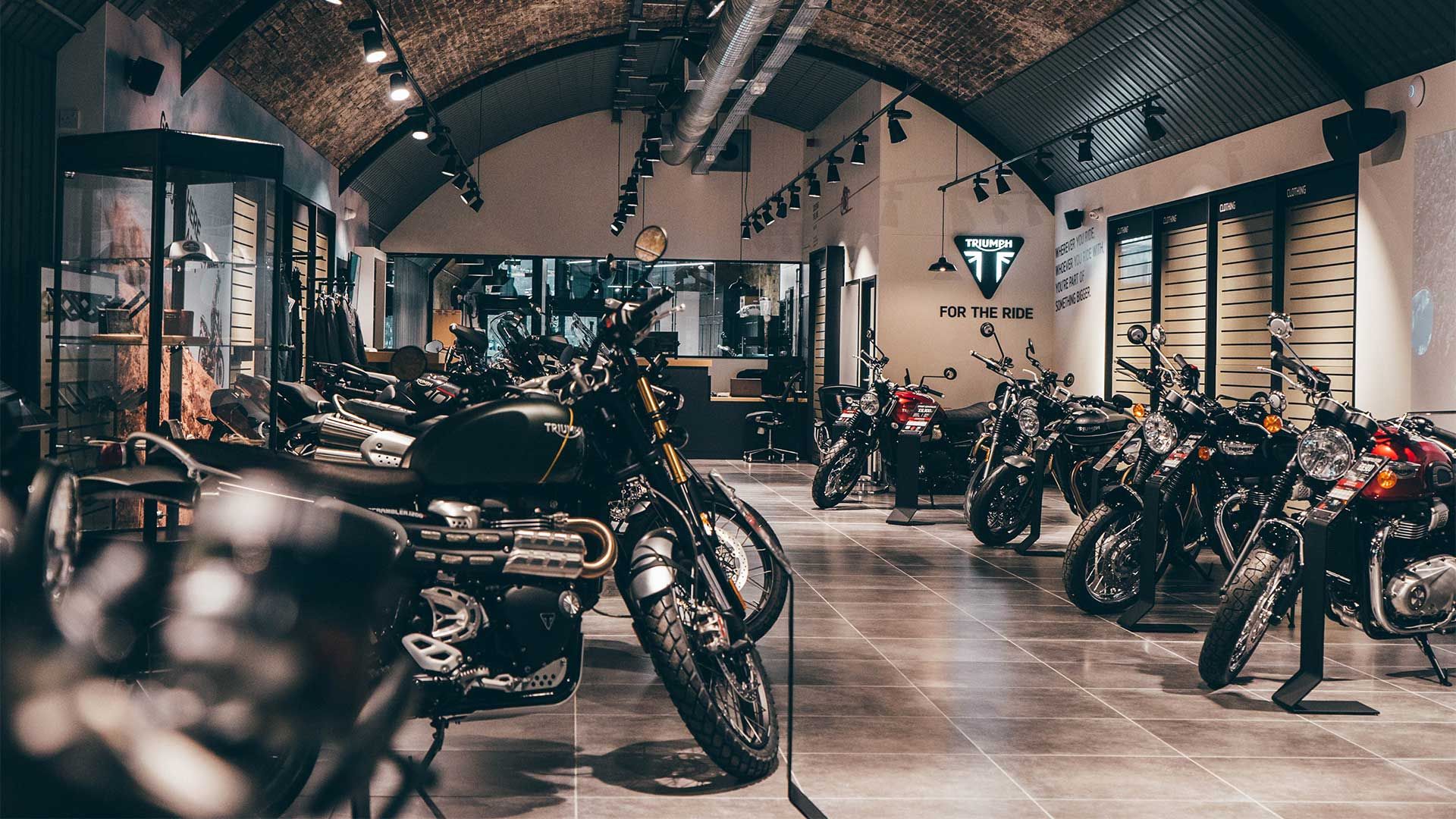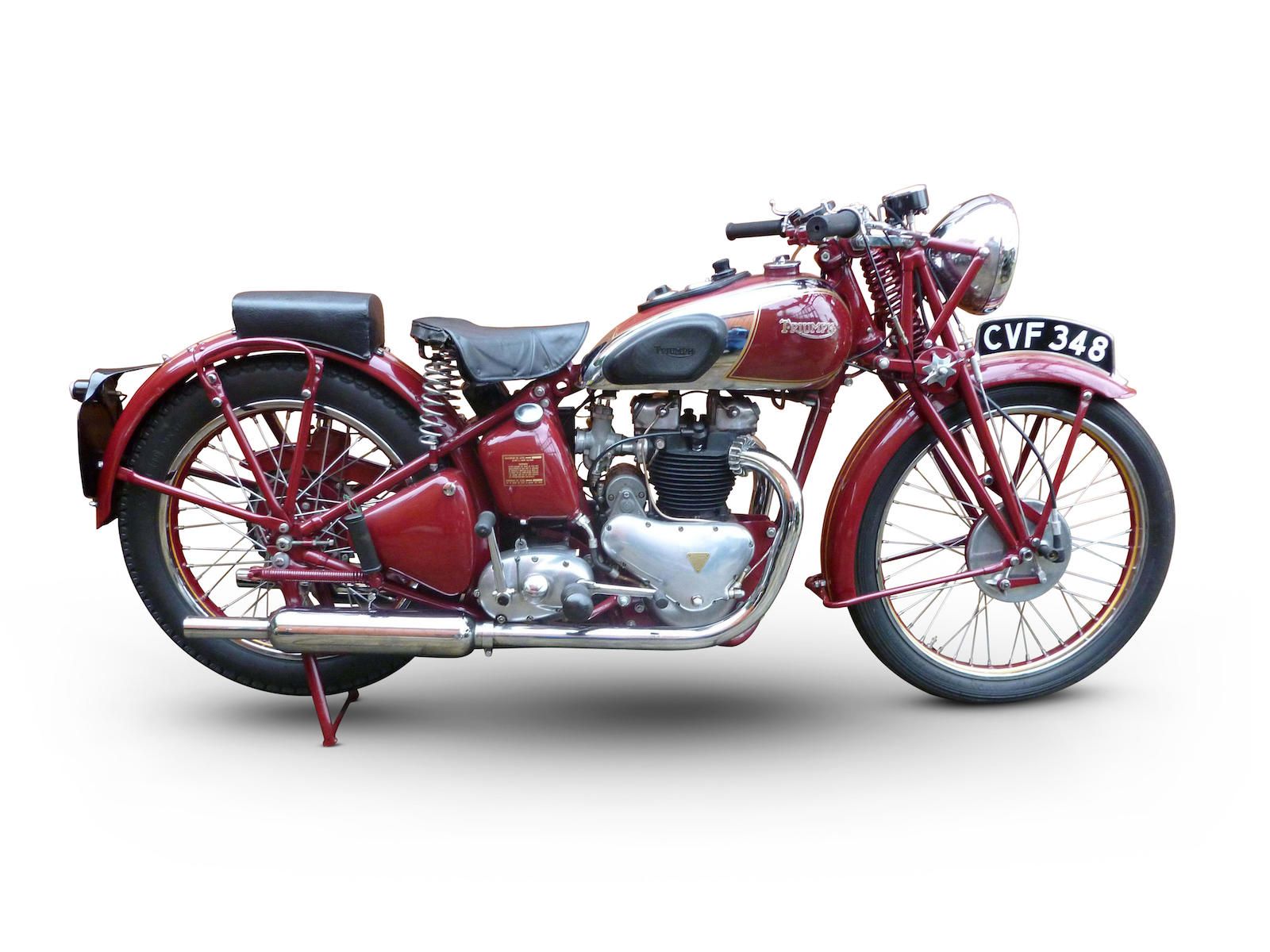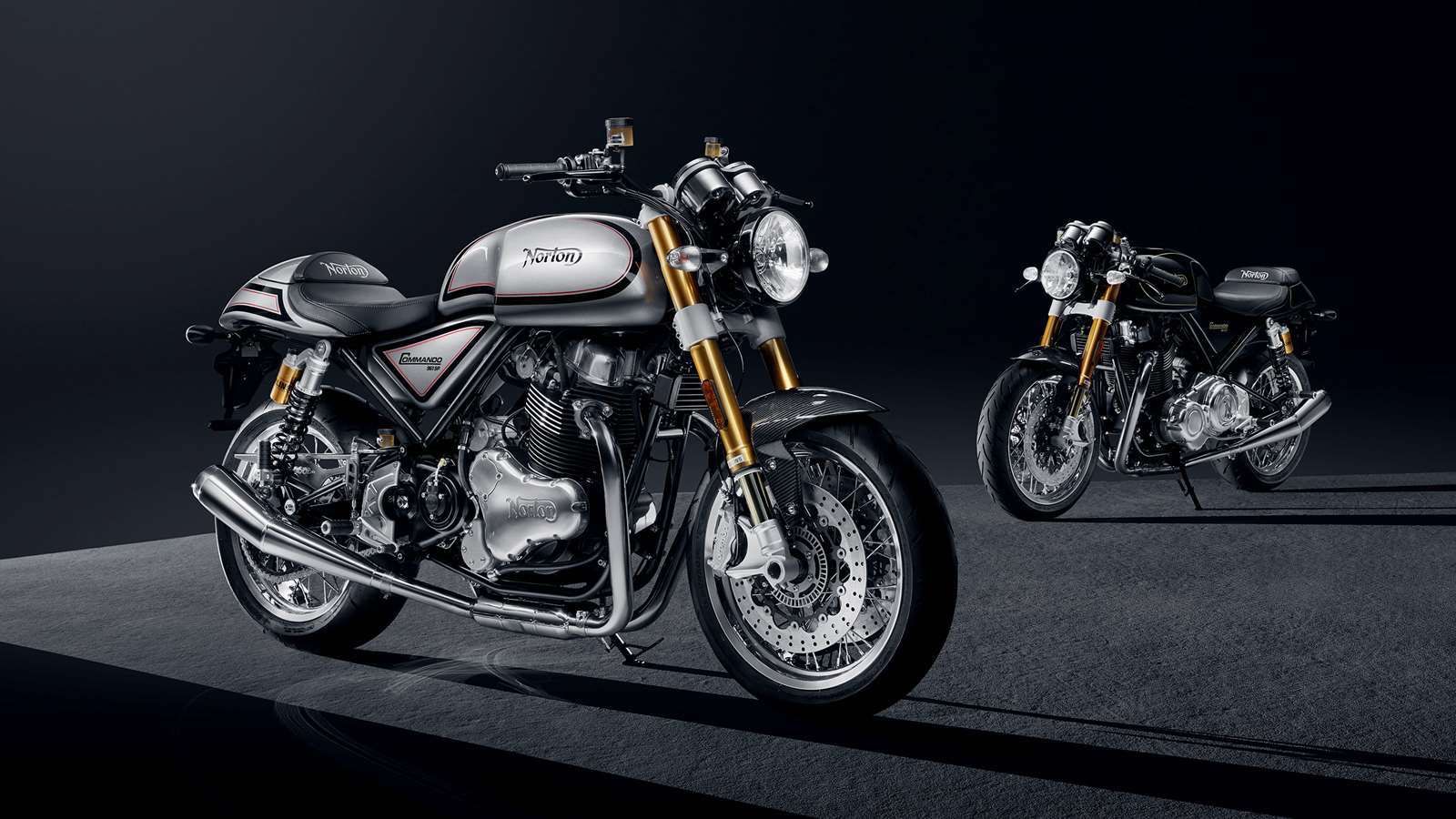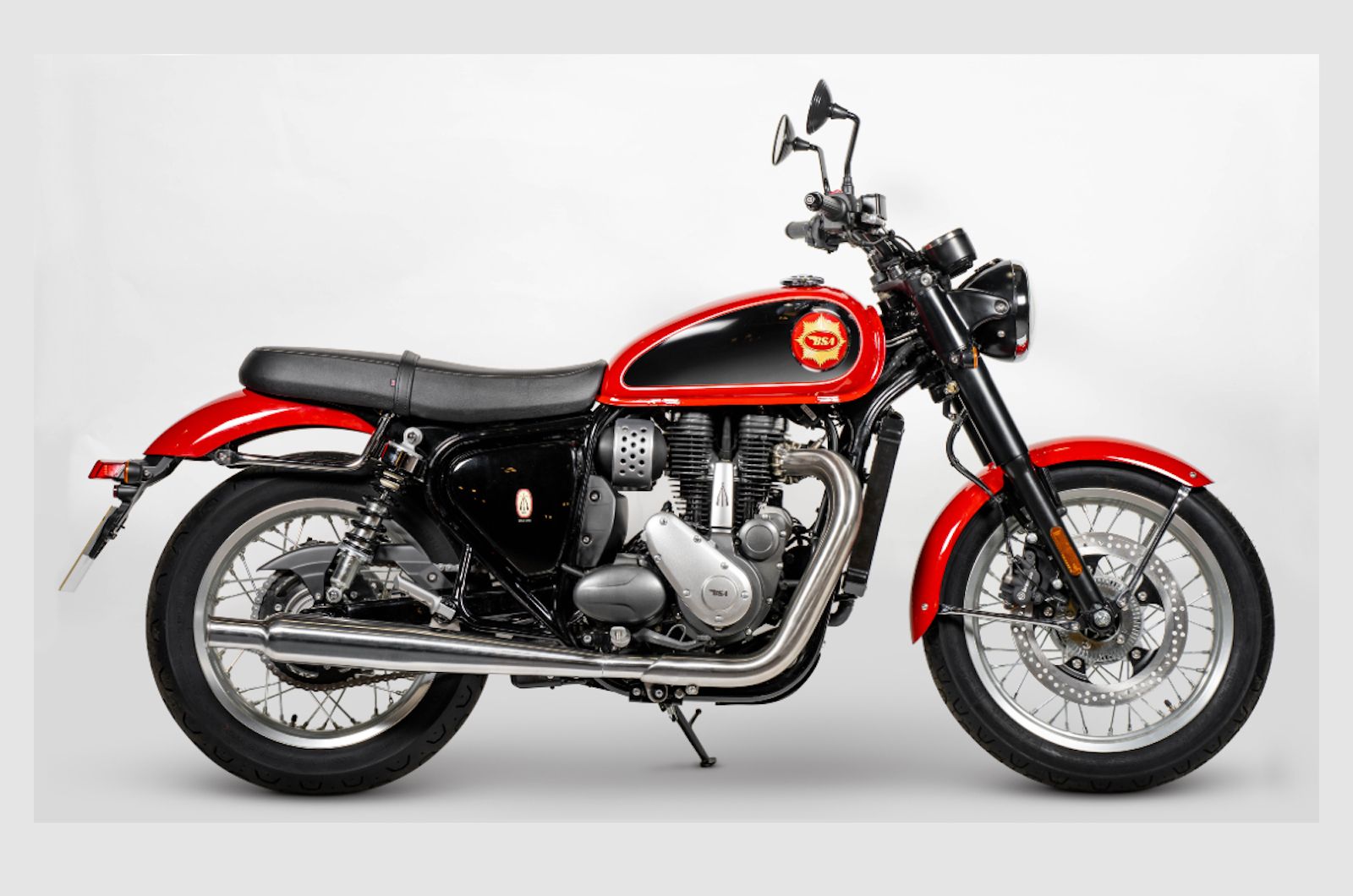The story of the rise and rise and subsequent precipitous fall of the British motorcycle industry is well known: how a once world-dominating industry snatched defeat from the jaws of victory and left the way clear for the Japanese manufacturers. The reasons for the decline are wrapped up in management complacency, aging designs and a myopic refusal to recognize the threat of Japanese competition. But also, motorcycle use was on the decline with the rise of cars such as the Mini: families no longer relied on a motorcycle for everyday transport, and all over Europe, motorcycle manufacturers were struggling with falling sales. But the British motorcycle industry held on by a thread and today is once again becoming a significant player in the world market. This is the story of how.
Fortune And Decline
From the 20s through to the 70s, the British motorcycle industry led the world not only in the number of successful manufacturers but also in terms of production numbers, with models being sold all over the world in ever-increasing numbers. Entering the 60s, things were still looking rosy but a steep decline was both inexorable and inevitable.
The seeds of doom were sown in short-sighted management leading to aging model line-ups, a lack of investment in new manufacturing techniques and models, an increasingly militant workforce and the rise of the Japanese motorcycle industry, which was producing well-engineered, efficient and inexpensive models. The signs were there for all to read but little heed was paid, to the point where, by the beginning of the 70s, there were but three manufacturers left, Triumph, Norton and BSA, and as the 70s progressed, only Triumph would remain, albeit in vastly truncated form, being run by a workers’ cooperative.
The Only Way Is Up
Against all the odds, Triumph survived, and in 1983, John Bloor, who had made his money in construction, bought the name and manufacturing rights and licensed Les Harris to continue production of the ancient Bonneville 750 in tiny numbers. By 1991, Bloor was ready to get moving with a fully modern range of motorcycles bearing the famous name, manufactured in a new purpose-built factory in the British Midlands, the traditional home of the industry.
From that point, Triumph grew steadily, offering a range of modern three- and four-cylinder engined sports motorcycles that drew praise from the media and customers alike. Into the new millennium, Triumph was well-established and the introduction of the ‘new’ Bonneville range in 2001 started the company on an ever-steepening growth curve that is still being followed today. Of course, there is one name that never actually went away: Royal Enfield, which has been producing motorcycles in India since the 50s and is still going strong.
Triumph’s Influence Spreads
The success of Triumph reignited interest in British motorcycles and this was the beginning of a second golden age for British motorcycles, with old names being resurrected and attached to both completely modern designs and rose-tinted retro models. The Norton name was dusted off and tried to emulate Triumph, with modern sport bikes and modern interpretations of classic models, such as the Commando. The financial footing of the new company was shaky, however and looked to be the undoing of Norton until Indian company TVS stepped in, built a new factory and set the company on the road back to success. Then, in 2021, another Indian company, Mahindra, resurrected the BSA name, albeit on a completely retro design which traded on the past by using the iconic Gold Star name. Perhaps one of the most unlikely resurrections was that of the Brough Superior name, attached to hugely expensive and exclusive retro-modern models powered by a bespoke V-Twin engine and constructed in France.
Not Just The Big Three
Despite the decline of the major motorcycle industry from the 70s through to the resurgence of the 90s and 00s, there was still a lot of activity at grass roots level in the U.K. In 1971, Jeff Clews bough the remaining BSA single-cylinder engine spares when BSA’s competition department was closed and he formed Clews Competition Motorcycles that survives to this day as CCM, building flat-track and scrambler-inspired motorcycles.
Ariel was resurrected some years ago, building cars as well as motorcycles, while DOT, Levis, Matchless, Hesketh and Francis Barnet have all been revived at one time or another. Metisse has been around for decades and Langen is a new name that has appeared, with an exquisite two-stroke V-Twin-powered naked sports bike. In addition, the classic motorcycle scene has been well-serviced for decades by an increasing number of companies manufacturing everything from nuts and bolts to complete engines for everything from a BSA Bantam to a Manx Norton. Today, it is almost possible to build a new Bonneville or Commando from off-the-shelf parts, often of better quality than anything that ever came out of the factory.
The Future Of British Bikes
Detractors will point out that most of Triumph’s production now comes out of Thailand, where the company has built new factories, while Norton and BSA are both Indian-owned, so what is British about that? But that is the way of the world these days: move to where the manufacturing costs are lower and ensure the financial stability of the company.
Having said that, TVS is keeping Norton production in the U.K., while Mahindra has set up a UK design and technical centre for BSA there as well. Ownership of a brand has nothing to do with its nationality, and therefore, Triumph, BSA and Norton are still British bikes, and they are here for the long term. It is the engineering and manufacturing capabilities of countries such as India and Thailand that is making the resurgence of the British bike industry possible and we have the mouth-watering prospect of the three biggest British motorcycle brands going head to head in showrooms around the world again for the first time in 50 years, not to mention a whole shoal of smaller manufacturers swimming in their wake.






